The choreography is familiar. Market jitters force a political retreat. Then, just as traders start to breathe, Trump re-emerges with fresh provocation. This time, it’s a direct threat to Federal Reserve Chair Jerome Powell, wrapped in language more fitting of a boardroom coup than a democratic institution. Trump wants Powell out and rates down—urgently, loudly, and on his own terms.
The noise has consequences. The dollar weakens. Long bond yields rise. Volatility (VIX) rears its head again. Markets know Trump cannot legally order rate cuts—but they also know he’s capable of creating chaos in the attempt.
The Institutional Firewall
To understand the stakes, it’s worth returning to first principles. Central bank independence exists for a reason: to insulate monetary policy from political whim and short-term populism. The value of a currency depends on trust—trust that the person in charge of setting interest rates is not running for office, gaming polls, or making policy in exchange for headlines. Strip that away, and a dollar becomes just another piece of paper.
That firewall is real. The U.S. Constitution gives the president authority to appoint Fed governors but not to dismiss them at will. The chair can only be removed “for cause,” a legal concept tied not to policy disagreements but to misconduct. To date, that boundary has never been tested. If Trump pushes, the courts will decide. But even the legal uncertainty is enough to roil global markets.
Let’s be blunt: If Powell is ousted in a bid to strong-arm policy, the fallout will be immediate. A EUR/USD of 1.25. U.S. 10-year yields spiking above 5%. Equity markets tumbling another 20%. VIX north of 80. These are not predictions—they’re warnings.
Trump’s Real Objective
However, Trump likely knows he won’t succeed. This is not about control. It’s about leverage. If the Fed cuts, he claims victory. If they don’t, he blames them. Heads, he’s the hero. Tails, Powell’s the villain. It’s political theatre with real financial consequences.
But there’s a deeper problem. Trump’s pressure campaign risks undermining the very outcome he claims to want. A rate cut may now be harder to deliver—not because the data doesn’t support it (the Philly Fed’s -26.4 print last week was a plunge rarely seen outside recessions), but because Powell must guard the perception of independence. A dovish pivot could look like surrender. That’s a problem.
The next FOMC meeting on 7 May may be the most politically charged in recent memory. Inflation is cooling. The ECB has already cut to 4.25%. Sweden’s Riksbank remains stubborn, but the logic for easing is mounting globally. Still, for the Fed, timing is no longer just about macro data. It’s about optics.
A Policy Agenda, or a Currency War?
The bigger picture reveals an even more radical proposition: the so-called Mar-a-Lago Accord. Trump’s advisers, including Stephen Miran, have floated the idea of linking U.S. military protection to financial concessions. Accept a weaker dollar. Swallow lower yields on Treasuries. Keep benefiting from U.S. security guarantees.
It’s Bretton Woods with a side of hardball.
But the project is wobbling. The dollar is weakening, yes—but yields are not behaving. The plan requires global buyers to play along. If they don’t, the Fed may be forced into large-scale Treasury purchases. That’s a USD double-whammy: oversupply and weakening demand, with no endgame in sight.
What was envisioned as a managed retreat from dollar hegemony now risks triggering an unintentional crisis. The Mar-a-Lago Accord may instead go down as the Mar-a-Lago Meltdown.
Markets Are Not Panicking—Yet
For now, investors seem to be holding their breath. The S&P 500 is down 16% from its peak but hasn’t broken critical support. The Nasdaq is flirting with bear market levels. Credit spreads are widening. The VIX is approaching a technical gap at 37. If it breaks through, expect a lurch lower in risk assets. But if it retreats toward 23, there may still be room for hope.
That hope, however, now hinges on something extraordinary—cool heads in Washington, cooler data from the real economy, and a central bank willing to act, without appearing to be acting under duress.
Final Thought: This Isn’t Just Macro
Lost in the noise is the human element. The people who voted for Trump, who believed in his outsider credentials, are now watching a leader treat monetary policy as a campaign tactic. That’s not just confusing—it’s disorienting.
And while the West wrestles with self-inflicted shocks, China remains unmoved. Beijing isn’t flinching. The next round of geopolitical escalation is already loading.
Markets, like democracies, depend on predictability. Right now, both are in short supply.
